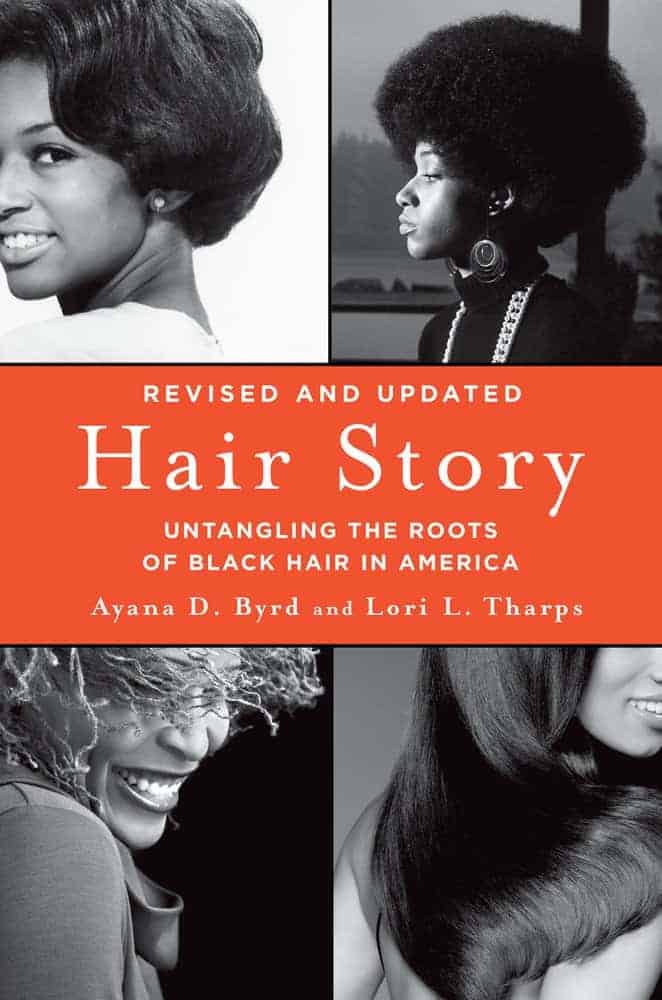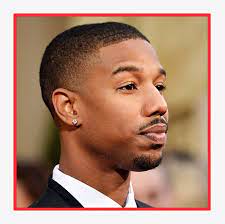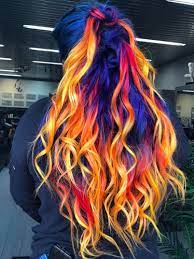
hair Story explores the complex roots of Black Americans’ relationship to their kinky locks, from pre-Reconstruction practices to today’s Jheri curl phenomenon. It provides both personal and political insights into an engaging narrative.
New Wash – A Different Approach to Shampooing
New Wash is a non-sudsing shampoo designed to be applied directly onto the scalp with your fingers rather than washing off quickly afterward. For maximum effectiveness, work it into your locks using circular movements as soon as you apply it to ensure even coverage of the scalp area.
Ancient Egyptian Hairstyling – Embracing Creativity and Individuality
Men and women in Ancient Egypt used their hair as an outlet to express themselves creatively, styling it with clasps, hairpins, curlers, and flowers. They decorated their locks with ribbons, flowers, and precious jewels to express their individuality and express themselves differently. Wealthier Egyptians often wore wigs as a mark of prestige and wealth.
Ancient Egyptian Influence on Hairstyling
Ancient Egyptians admired their gods and kings as fashion icons, and people from all social classes tried to imitate their style. OSIRIS, for example, was known for his thick beard, which many individuals of his time grew to emulate, hoping to secure a high place in the afterlife. The Hierakonpolis Workers Cemetery even contained evidence of the first hair extensions found in Egypt, resembling those used by black Northeast Africans today.
Modern African American Hairstyling – Timeless Elegance
Afro hairstyles for men have an ageless elegance. From classic afros to frohawks, voluminous feed-in cornrows, and intricate Ghana braids, this look is always in style.
Impact of Eurocentric Standards
When African Americans first immigrated to America, white society often saw their natural hair textures as offensive. To conform to Eurocentric beauty standards, a device known as a hot comb was invented to straighten kinky, textured black hair. This desire for Caucasian-like hair signified good character and social standing, perpetuated by movies and TV shows showcasing Black actresses in Eurocentric hairstyles.
African American Hairstyling in the Twenty-First Century
Hair has long been used as an indicator of identity, but it can also lead to judgment and prejudice. African American women were encouraged to alter their hair to chemically adhere to European beauty standards, erasing any markers of their indigenous culture. However, during the Black is Beautiful movement of the 1960s, African American women embraced their natural hair as a rejection of traditional beauty norms, leading to a resurgence of West African conventional hairstyles and positive Black representation in pop culture. Despite progress, some African American women still face hair discrimination.

